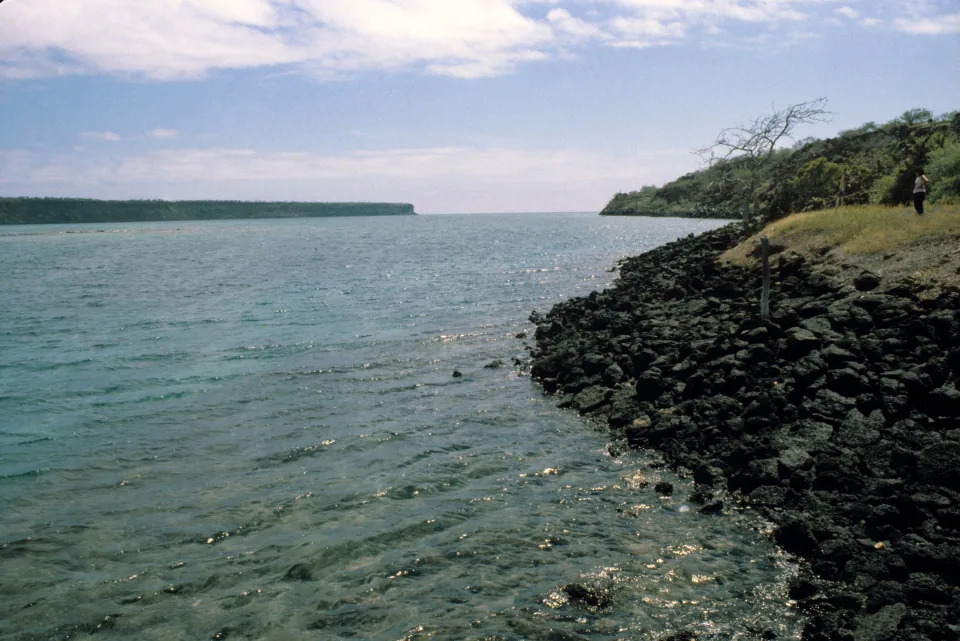An international scientific team has discovered an extensive forest of kelp-like algae on the top of an underwater mountain, around 50 meters deep, in the south of the Galapagos archipelago.
The relevance of this research, which has been published in the journal “Marine Biology”, is the record of a new species of kelp for the region and probably even for science, the University of Malaga (southern Spain) reported this Wednesday. , who participates in the study.
Kelps are brown algae, famous for reaching very large sizes, and which, in high densities, form marine forests.
Similar to coral reefs and mangroves, these forests are very important for the maintenance of marine biodiversity, as they offer protection and food to many species.
As kelps are cold-water species, most of these forests are found exclusively in cold-temperate or polar regions, and in shallow coastal areas, due to their permanent need for light.
However, this kelp forest in the Galapagos Marine Reserve is located in a tropical region and far from coastal areas.
“It is the first time that such an extensive and dense kelp forest has been documented in this area of the Galapagos and at these depths, since what we have found seems very different from the species of alga Eisenia galapagensis, discovered in this place in 1934,” explains the scientist from the Charles Darwin Foundation (CDF) and leader of the study, Salomé Buglass, who adds that, in addition, they are almost twice the size.
Since conventional diving limits depth to 40 meters, CDF research teams have relied on new technologies such as remotely operated vehicles (ROVs) to explore, document, and characterize these deep-sea ecosystems.
In fact, thanks to the incorporation of a mechanical claw to the ROV, in 2018 the professor at the University of Malaga María Altamirano, who was in the archipelago as coordinator of a cooperation project, was able to analyze specimens of this recently recorded algae, ” which is essential to determine its taxonomy, which is still under study”.
“Despite their enormous importance as engineers of the ecosystem and as support for the fascinating marine life of the Galapagos Islands, the macroalgae of this area are the largely forgotten of the archipelago’s marine ecosystems,” Altamirano points out.
The researcher adds that “this discovery provides an opportunity to make visible its relevance as a habitat for other species and as carbon sequesterers in deep areas.”
The scientists conclude that knowing that there are marine forests full of previously unknown life, just 50 meters deep, serves as a reminder of how much remains to be explored, discovered, learned and protected.

